Gender-Targeted Marketing in Wearables: A Double-Edged Sword?
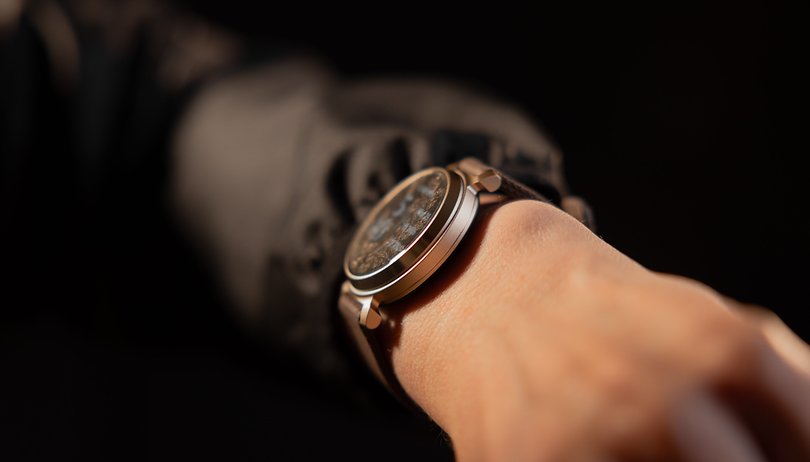

Before we proceed, I invite you to engage in a brief exercise: imagine a women's smartwatch. What does it look like? What features does it offer? What is its price range? Which brand comes to mind? Who do you envision wearing it?
At first glance, these questions may seem straightforward. However, delve deeper and consider why this specific smartwatch emerged in your thoughts. What underlying perceptions and influences shaped your image? This introspection can reveal much about our subconscious biases and the powerful role of branding and societal expectations in our decision-making processes.
After testing the Garmin Lily 2 smartwatch—a so-called "fashion forward" smartwatch for women—I have a thought that follows me everywhere I go: Does it make sense to gender-target wearables? Or is it all just marketing? It turns out that the device has great app support, relevant features, and a compact design that we rarely see. Nevertheless, as a person who is constantly confronted with gender prejudice on a frequent basis, it does not seem right. Is it possible that I'm wrong?
Gender-targeted marketing is what it is called
Gender-targeted marketing is a type of marketing where products or advertisements are designed to appeal to men or women. In the wearables industry, this often means crafting devices that cater to perceived gender preferences. For instance, women’s smartwatches are frequently marketed with features like menstrual tracking, smaller sizes, and more elegant designs.
- Unveiling the Differences: Apple vs. Samsung Menstrual Health Features
These strategies are effective because they resonate with consumers' identities and preferences. For companies, gender-targeted marketing can drive sales by addressing specific needs and desires. Successful campaigns, such as Garmin’s series for women, highlight features like guided breathing sessions and stylish accessories, catering directly to female consumers' interests.
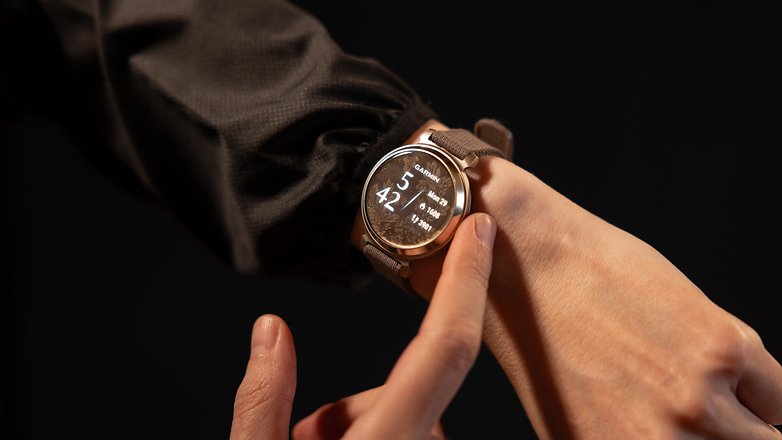
The psychological impact on consumers
Gender-targeted marketing influences consumer behavior by tapping into subconscious biases. When consumers see ads for wearables that align with their gender identity, they are more likely to feel that the product is tailored for them. This can enhance the appeal and perceived value of the product.
Moreover, these strategies shape gender identities and desires. They create a feedback loop where consumers' expectations are shaped by marketing, which in turn influences future product designs. However, this can also lead to pressures conforming to gender norms, impacting self-esteem and self-image, especially for women who may feel the need to fit a marketed ideal.
Gender-targeted marketing has a double-edged nature.
While gender-targeted marketing can be highly effective, it also has significant drawbacks. One major issue is the reinforcement of traditional gender stereotypes. By perpetuating notions of what men and women should want, these marketing strategies can limit the diversity of consumer choices and reinforce outdated norms.
Additionally, this approach can alienate non-binary or gender-nonconforming individuals, who may not see themselves reflected in the marketing of these products. This exclusion can lead to a loss of potential customers and a reputation for the company as being out of touch with modern social dynamics.
From an economic perspective, while gender-targeted marketing can drive short-term sales, it risks long-term consequences. Companies may face backlash for perpetuating stereotypes or failing to address the needs of a broader audience, potentially leading to a loss of brand loyalty.
One example that comes to mind is the recently launched OnePlus Watch 2. During the event, the device was consistently described with traditionally masculine references: sports cars, military certifications, and robustness. Interestingly, despite this clear targeting, the press materials included images of both young men and women. Having tested the OnePlus Watch 2 myself, it's evident that it wasn't designed with a broad audience in mind; instead, it caters specifically to a stereotypical male demographic.
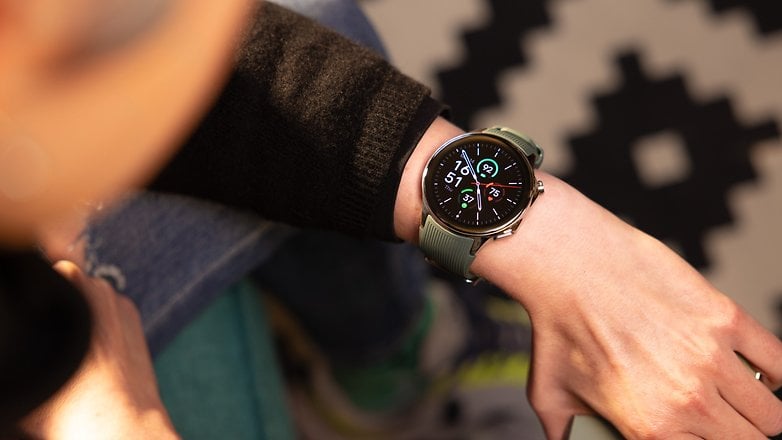
Ethical considerations
The ethical dilemmas associated with gender-specific marketing are significant. There is a fine line between appealing to consumer preferences and perpetuating harmful stereotypes. Companies have a responsibility to promote inclusivity and avoid reinforcing limiting gender norms.
Balancing effective marketing strategies with ethical considerations involves a nuanced approach. It requires companies to be mindful of the messages they are sending and to strive for inclusivity in their product designs and marketing campaigns. This might include offering a wider range of features that appeal to diverse audiences or promoting gender-neutral marketing.
The future of gender in marketing wearables
Emerging trends in the wearables industry suggest a shift towards more inclusive and gender-neutral marketing. Companies are beginning to recognize the value of catering to a diverse consumer base. For example, some brands are launching campaigns that focus on the functional benefits of their products, rather than gender-specific attributes.
One excellent example of more inclusive and gender-neutral marketing are Apple Watches. For example, Apple understands the importance of creating wearable devices that can be customized to fit your style without sacrificing functionality. This approach not only caters to a wider audience but also embodies a contemporary understanding of gender, demonstrating that technology can be both personal and inclusive.
Moreover, I believe that Google is doing the same with its Pixel Watch series, but on a smaller scale at the moment.
Consumer demand for change is driving this shift. As awareness of gender diversity grows, there is increasing pressure on companies to adopt more inclusive marketing practices. This makes good business sense and aligns with broader social movements towards equality and representation.
For instance, 9to5mac says that in the third quarter of 2023, Apple's Apple Watch sales increased by 7% year-over-year. A significant contributor to this growth was the robust sales of the Apple Watch SE model, an accessible yet feature-rich device. While I don't believe this success is solely due to the inclusivity of Apple products, I am confident that their substantial commercial success also promotes broader social values.

A double-edged sword
I started this article wondering if I might be wrong about criticizing the gender-targeted marketing in some wearable series. However, after looking deeper into the wearable industry, it's clear that gender-targeted marketing is a double-edged sword. While it can boost sales by appealing to specific groups, it also risks reinforcing harmful stereotypes and excluding many potential customers.
Honestly, the media industry isn't helping either. Almost every time a "best smartwatches for women" list or buying guide is published, it reinforces gender-specific marketing. nextpit is guilty of this too, even though I've been trying to find alternative ways to approach this topic. But let's not forget, Google controls the search engine, and search engine optimization (SEO) is also crucial for people to find what they are looking forward to on the internet.
Can companies overcome these challenges by making their marketing more inclusive? I believe they can. By building stronger and more diverse customer relationships, companies will see financial benefits and contribute to a fairer and more representative marketplace as the industry evolves. Companies like Apple, and why not mention Whoop here either, are here to prove me right.
Moreover, I'm certain that once people realize some products lack features because the marketing team decided they weren't necessary, they'll reject those products. In the end, the future of marketing in the wearable industry lies in balancing gender-specific appeals with the need to promote diversity and inclusion.
Silvia Sousa, my friend and fashion stylist, put it well during our talk last weekend about this topic: "The design should be universal. It's about solving a problem and meeting a need, regardless of gender. Ideally, a product should do both—it should solve the problem and look good too."
This universal design approach is what will drive the future of wearables, ensuring they are both functional and appealing to everyone.


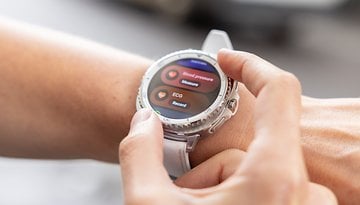
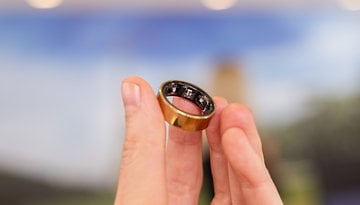
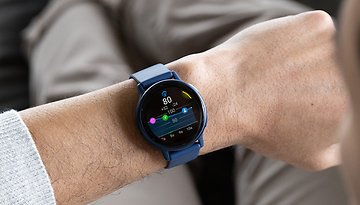
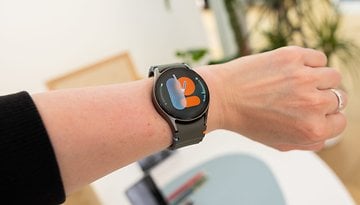








Not sure I agree with all this gender neutrality stuff. People can choose to live any way they like, and that includes my granddaughter, a Seargent Major no less, but would still want to buy a pink watch. If you want to identify as something other than "normal", then do so, but why force others to your will if they don't agree. If you want a gender neutral watch, then buy one. You have that choice. Don't take my choice away from me.
-
Admin
-
Staff
Jun 12, 2024 Link to commentHi Christopher, thanks for keeping the conversation going here; I really appreciate it. First, I’m not suggesting that companies should take away your choices. I believe that if your granddaughter wants a pink watch, she should have one. I’m 100% on the side that we should have what we want—if it’s legal or consensual, of course. However, I also believe that these options shouldn’t be targeted by gender. In my opinion, this is purely marketing.
I like compact and colorful devices and, based on my needs, features that help me understand my hormonal phases to optimize my diet and training. But I don’t need an industry telling me that this is a typical smartwatch for women and putting me in a box. I identify as a woman, but I’m queer, and I believe this gender-marketing approach limits choices.
From my perspective, you, your granddaughter, and I should have more open choices, not fewer. We all have needs, and our choices should follow these needs, not marketing.
I sort of get what you are saying, as a first generation English, born of Greek Cypriot parents, I have received some prejudice, but I found the best way to deal with it was to ignore it. Prejudice to the unknown is annoying, but by ignoring it, and letting people see who I am has turned them into friends. It helps that I am a fixer and a gadget geek so I am a useful person to know.
As far as advertising goes, I had some training in sales, and found the whole thing, both depressing and disgusting. The way the public is manipulated is horrible, and I can perceive why you feel the way you do, but these people in sales do not discriminate. They will use every psychological advantage to sell their products. The days when you bought a product because you needed it is gone. You now buy products because advertising makes you feel that you need it, and if you are part of a different group of people, they will target you in a different way, so that you will need their product.
What you want is honest advertising. You are unlikely to get it from those that specialise in selling. I personally changed the way Hoover sold their Service Contracts in the mid 70's, by giving the user a sheet laden with a few facts, and then allowing the customer to ask questions, so no sales spiel. It was actually very successful. I received a £10 reward for the original suggestion.
It's a shame that people group themselves, but I think it is an inbred tribal thing that shows that we are not that far from being just another animal on the planet.